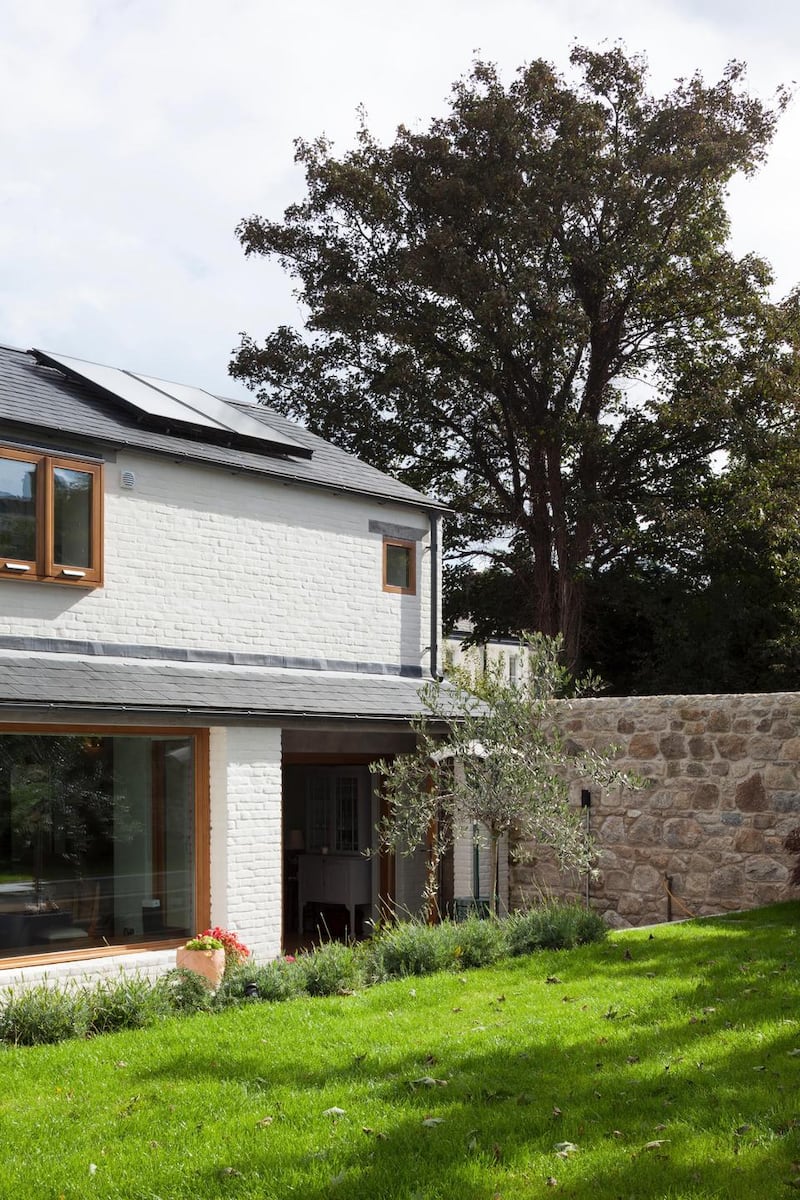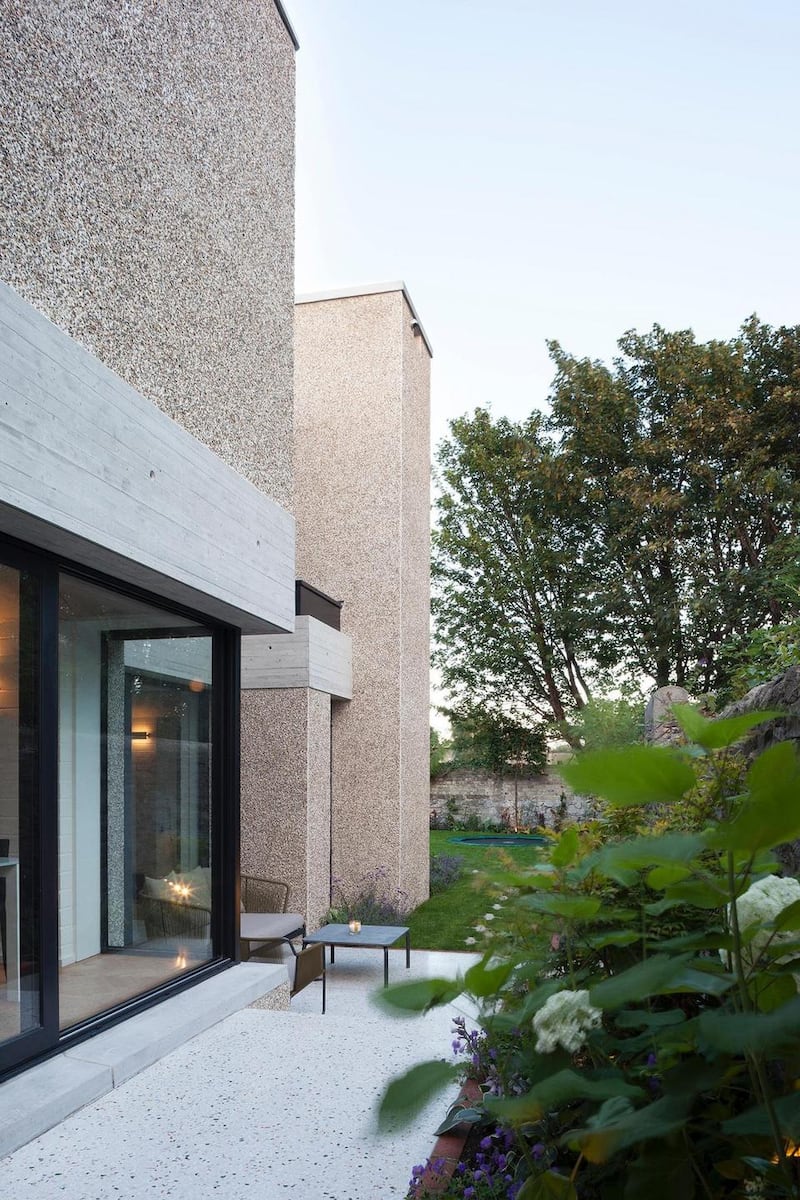Three houses are on the shortlist of 35 building projects chosen by the judges of this year's awards by the Royal Institute of the Architects of Ireland (RIAI). They include a home with concrete vaulted ceilings in Sandymount, Dublin, by GKMP Architects; a house made from shipping containers in Dublin's portside neighbourhood of Ringsend by LiD Architecture; and a Dublin house on a landlocked site with pedestrian access only by TAKA Architects.
If these, and the three extensions also on the shortlist, are anything to go by then design trends include bricks painted white or exposed, bare concrete and timber elements.
Judges for the 29th RIAI Irish Architecture Awards chose the shortlist from the highest number of entries since the recession, and the winners will be announced on June 8th. Meanwhile, the public can now have their say by voting for the Public Choice Award on the institute's website (RIAI.ie). Last year, around 14,000 people voted, up from 10,500 votes in 2015.
0 of 7

Included in the 14 categories – from conservation to commercial projects – are three related to housing: extensions, housing and houses.
Contemplating
The owners of the shortlisted house in Sandymount had had their eye on it for 14 years, contemplating it from their home next door. They saw it as an “opportunity to create our perfect home”, even though at that stage it was a house and shop. And one day it became theirs. Although they saw its potential, they “knew it would require distinctive and expert architecture to transform it into a home – a hard-working family home which would bring us joy”.
GKMP Architects, founded by Grace Keeley and Michael Pike, added an extension to the side and back, to tie the house together and better link it to the rear garden. While the house is open-plan, the architects used vaulted ceilings and blockwork columns to demark the kitchen, dining and living areas. This industrial look at lofty levels is grounded and warmed by the selective use of wooden shelves, floors and stairs, and glass walls onto the garden. All of it is beautifully detailed to perpetuate the calm of the materials.
And, after that 14-year wait to buy the house next door, the clients say: “The end result . . . surpasses our long-held aspirations for the property.”

Using white-painted brickwork inside and on the exterior of the 130sq m house they designed at Belgrave Mews, Dublin, TAKA Architects addressed the two houses beside this landlocked home in both materials and scale. They referenced them by using bricks and a slate roof while not copying their form. The house has a single storey on the east side, which is closest to a neighbour, and two storeys on the opposite side, which has more space in front of it. TAKA Architects, run by Alice Casey and Cian Deegan, have shown how to address such landlocked sites which are becoming more in demand as housing pressure grows in towns and cities.
Large windows
The third house on the shortlist is one in Ringsend, by LiD Architecture, built from 11 corten-steel shipping containers. They have great holes cut in them to provide openings and large windows, creating a lightness from heavy metal. The genius of the project is that it could be built in phases as funds allowed, piling more containers on as finances increased. “We’re looking forward to adding the third level this year,” say the clients. “We hope the project can convince people that container building isn’t just viable but can exceed conventional construction standards.”
Extensions on the shortlist are St Catherine's in Dublin 8, by Ryan W Kennihan Architects, where walls of exposed brick in both the livingroom and kitchen added a loft-like feel; Haddington Park in Dublin, also using bricks and timber, by Robert Bourke Architects; and Portico in Dublin, featuring white brick, by David Flynn Architects.





















